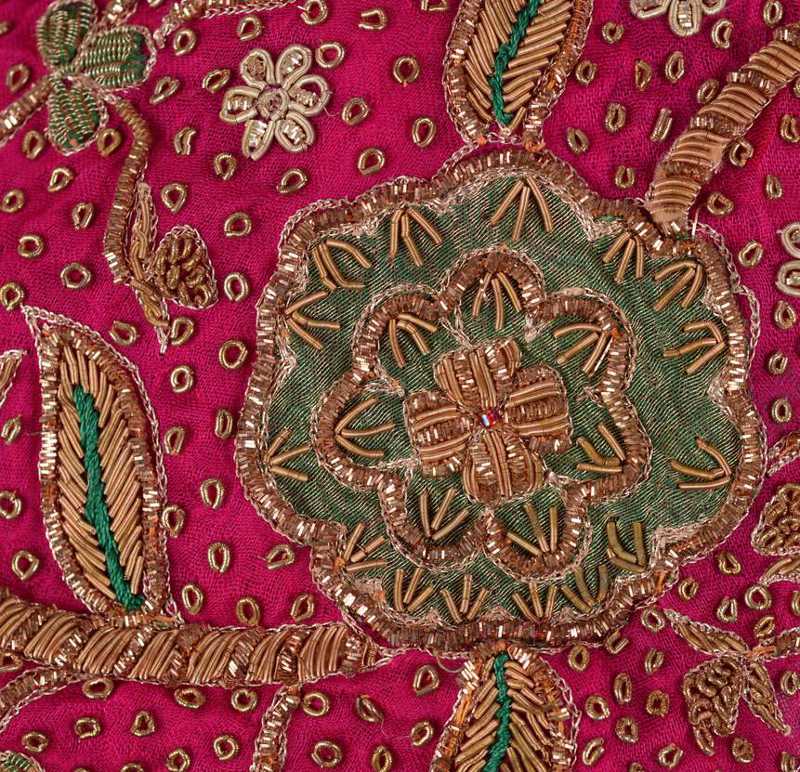===
0328,
6
===

=== |
 |
vahm : 'Opinion, conjecture; imagination, idea, fancy; —suspicion, doubt'. (Platts p.1205)
ḳhayāl : 'Thought, opinion, surmise, suspicion, conception, idea, notion, fancy, imagination, conceit. whim, chimera; consideration; regard, deference; apprehension; care, concern; —an imaginary form, apparition, vision, spectre, phantom, shadow, delusion'. (Platts p.497)
FWP:
SETS
MOTIFS == CLOTHING/NAKEDNESS
NAMES
TERMS == THEMENote for grammar fans: In the second line, maiñ nahīñ can mean 'I [am] not', or else it can be a colloquially shortened form (with the subject omitted) of maiñ maiñ nahīñ , 'I [am] not I'. It doesn't make much difference in this case, but it's good to keep aware of all the possibilities.